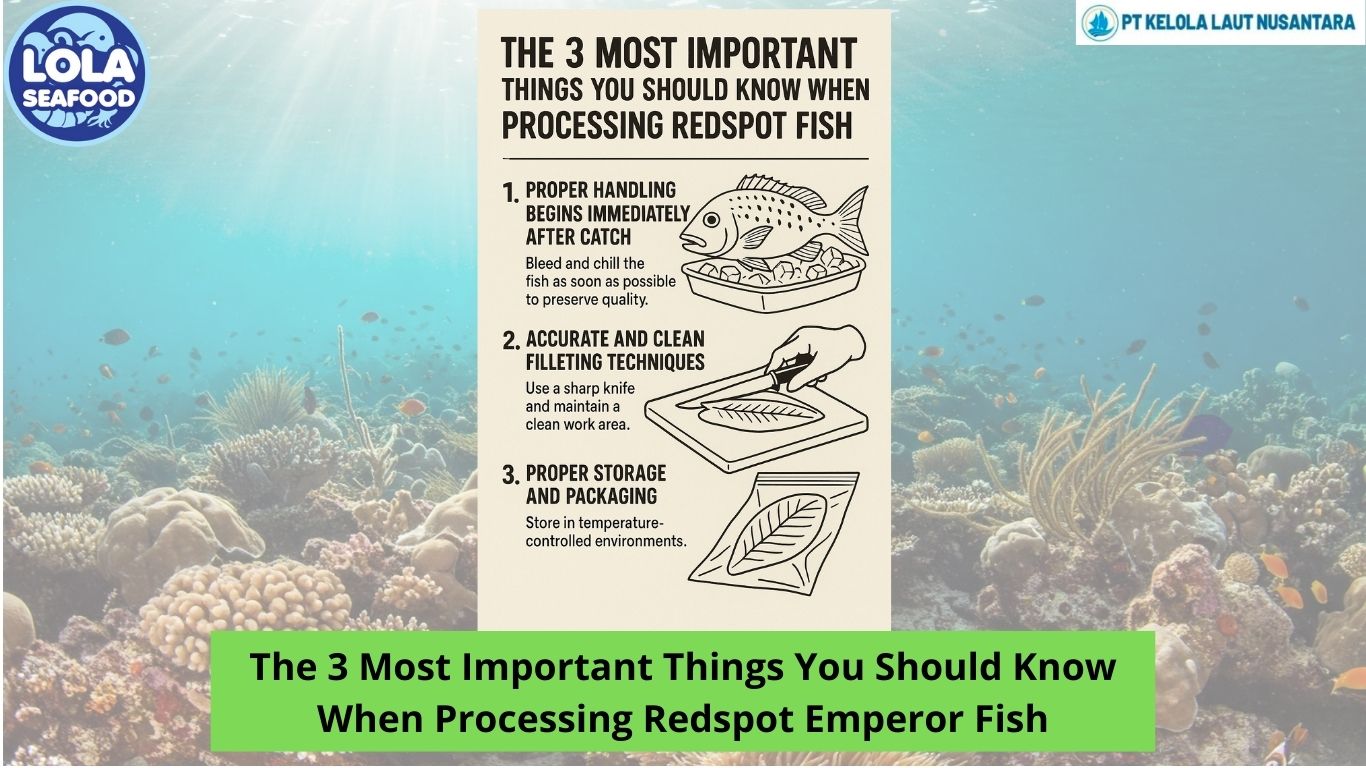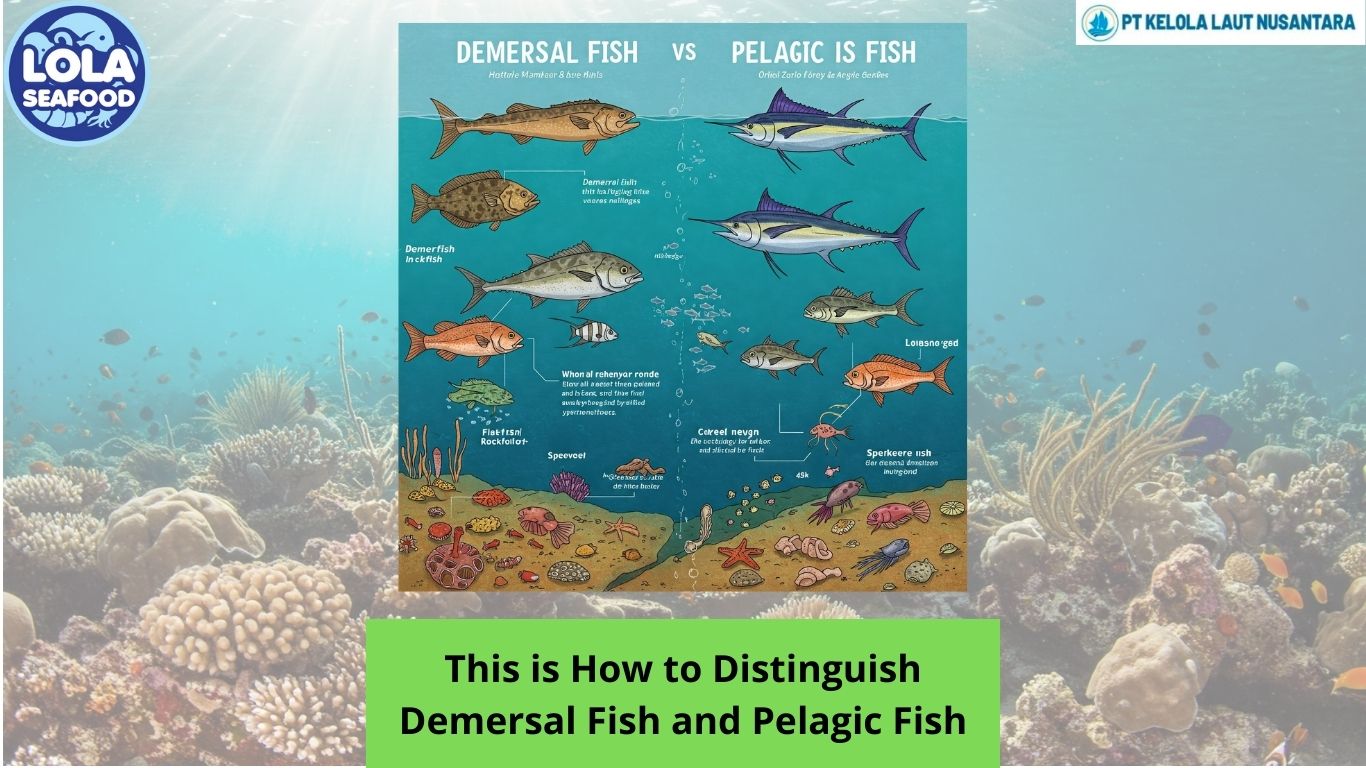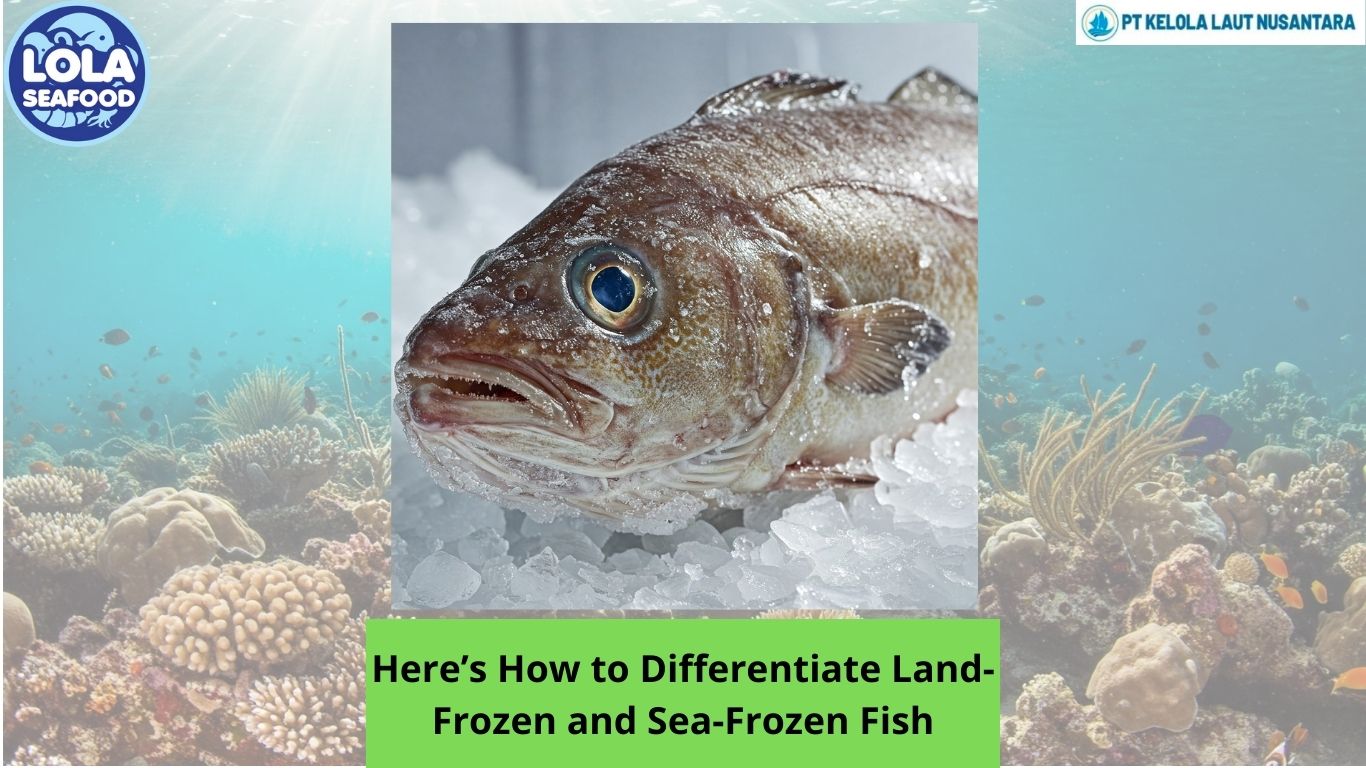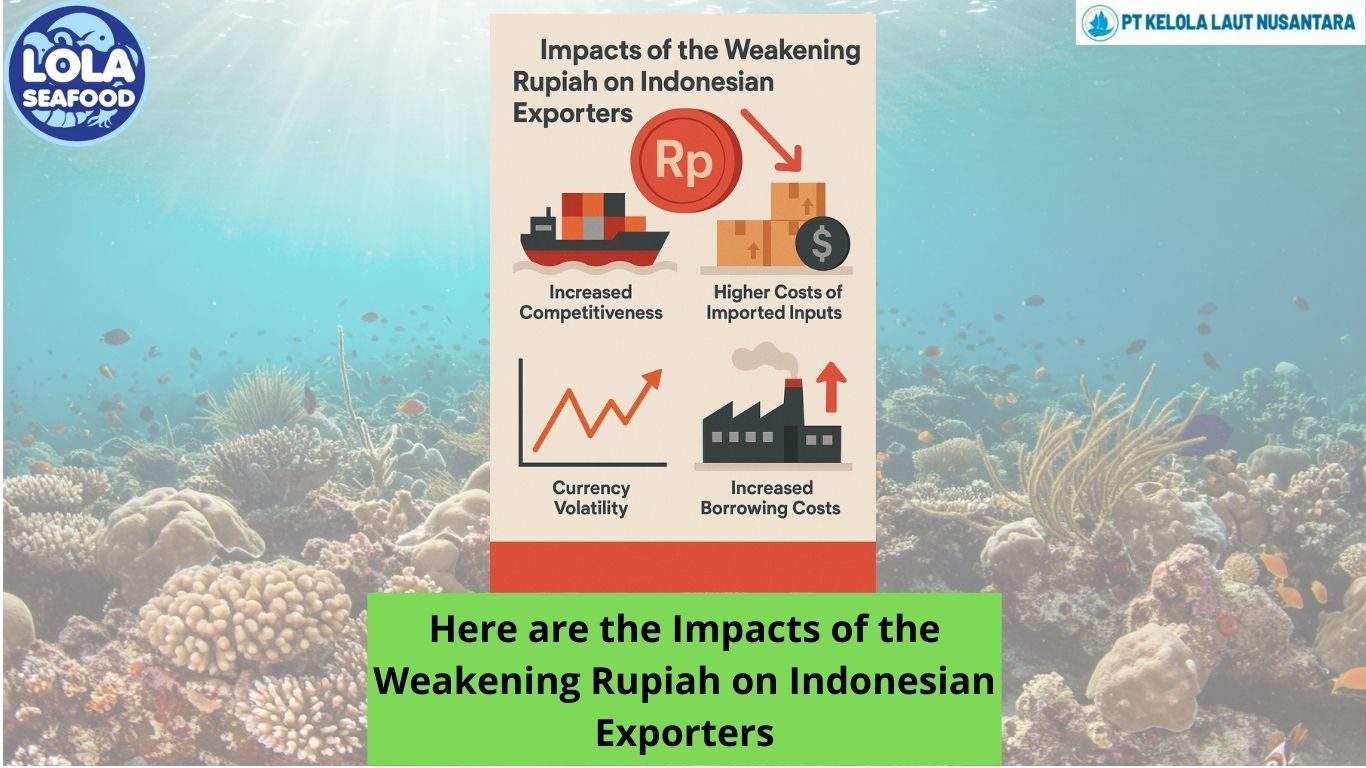Here Are the Description of Coral Trout
By. Agung Kurniawan - 13 Feb 2025
kelolalaut.com The coral trout (Plectropomus spp.) is a vibrant and valuable species of fish commonly found in the tropical waters of the Indo-Pacific region. Known for its striking appearance and importance in both the fishing industry and coral reef ecosystems, the coral trout plays a vital role in maintaining the balance of marine environments.
Appearance and Coloration
Coral trout are renowned for their beautiful and colorful appearance. Their bodies often exhibit shades of red, blue, yellow, and orange, which help them blend in with the coral reefs they inhabit. These colors are not only visually striking but also serve as a form of camouflage, aiding the fish in hunting and avoiding predators in the complex underwater environments of coral reefs. Some species may also display spots or patterns that vary slightly, giving each fish a unique look.
Habitat and Distribution
Coral trout are predominantly found in shallow, tropical waters where coral reefs are abundant. They inhabit the Indo-Pacific region, ranging from the Red Sea and eastern Africa to northern Australia and Polynesia. These fish are typically found at depths of 10 to 50 meters, where coral reefs provide shelter and hunting grounds. Coral trout are most commonly encountered in clear, warm waters that maintain a temperature of about 25-30°C, making them well-suited to tropical marine environments.
Diet and Behavior
As carnivorous predators, coral trout primarily feed on smaller fish and invertebrates, such as crabs and shrimp. They are ambush predators, often lying in wait among the coral before swiftly lunging at their prey. Their keen hunting skills are essential for maintaining the balance of the reef ecosystem, as they help control populations of smaller fish and invertebrates. The fish often display territorial behavior, with males defending their areas from other males to maintain access to food and potential mates.
Reproduction
Coral trout are known for their complex reproductive behaviors. They engage in mass spawning events, where large groups of fish come together to release eggs and sperm into the water. These spawning events typically occur during specific times of the year, depending on environmental conditions. The larvae of coral trout eventually settle on the reef, where they undergo development before reaching adulthood.
Ecological and Economic Importance
Coral trout are highly prized in commercial and recreational fisheries. They are considered a delicacy in many parts of the world, particularly in Asia and Australia. However, overfishing has become a concern, as coral trout populations are vulnerable to depletion. Their dependency on healthy coral reef ecosystems also makes them susceptible to the effects of coral bleaching and habitat destruction. Conservation efforts are essential to ensure the long-term survival of coral trout and the stability of the marine ecosystems they inhabit.
In conclusion, the coral trout is a beautiful and ecologically significant species, contributing to the health of coral reefs and providing economic value through fishing. However, to safeguard its future, sustainable management practices are necessary to protect both the species and its delicate habitat.
If youre interested in our Grouper Fillet Skinless, Grouper Black Dotted Whole Round, and Grouper Fillet Portion Cut, Coral Trout Fillet Skin On, Coral Trout Fillet Skinless, Coral Trout Whole Round please do not hesitate to contact us through email and/or whatsapp
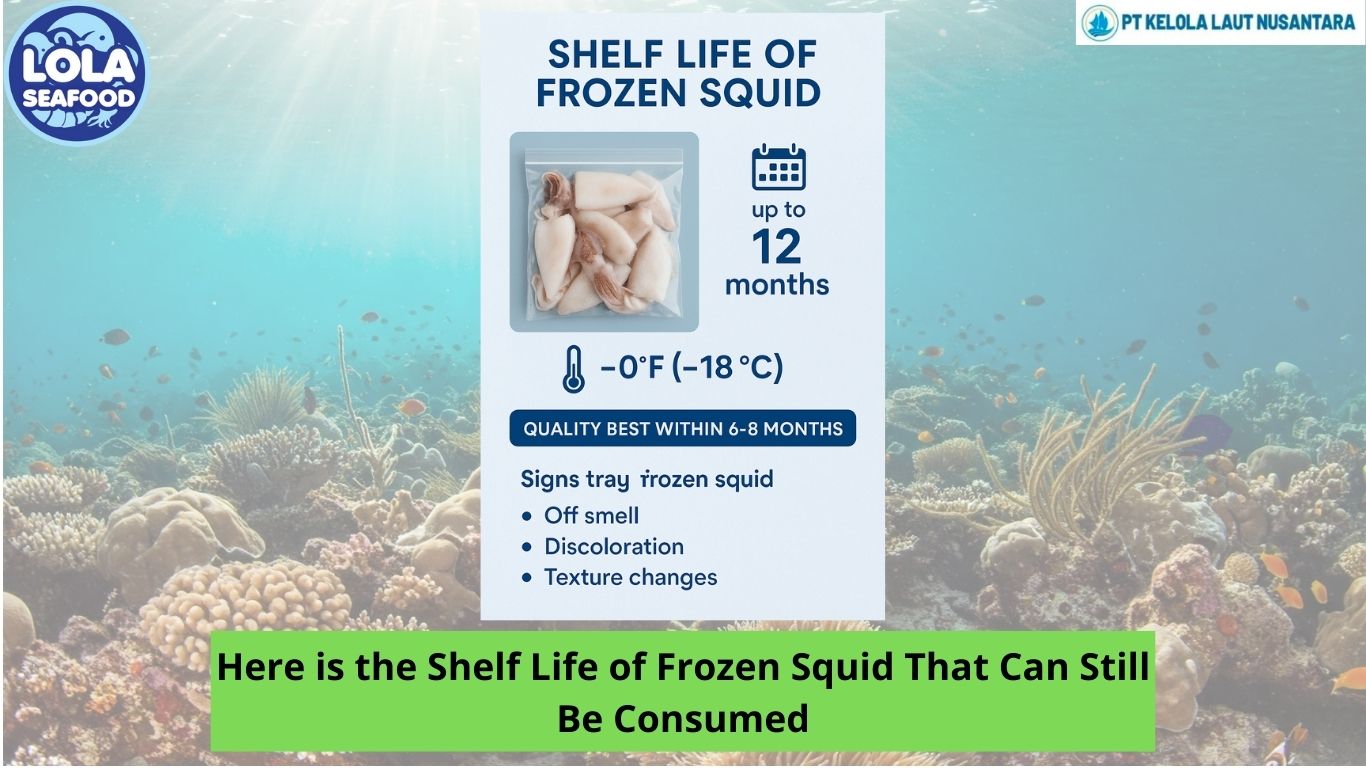
.jpg)
.jpg)
.jpg)
